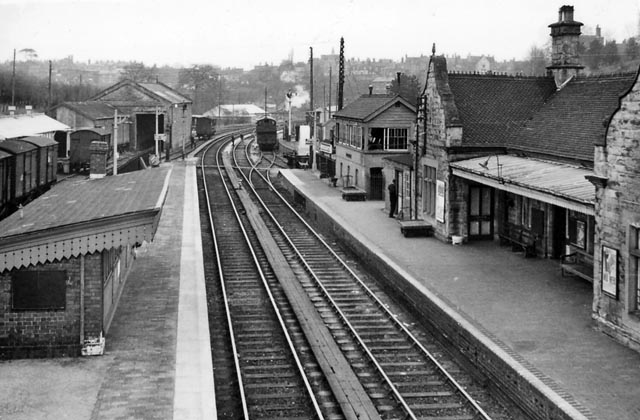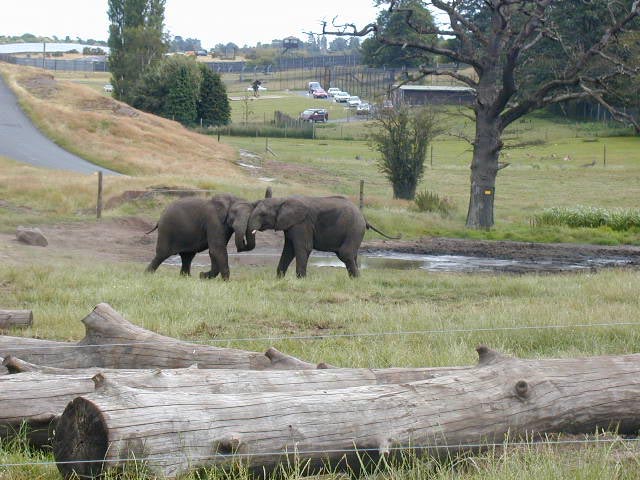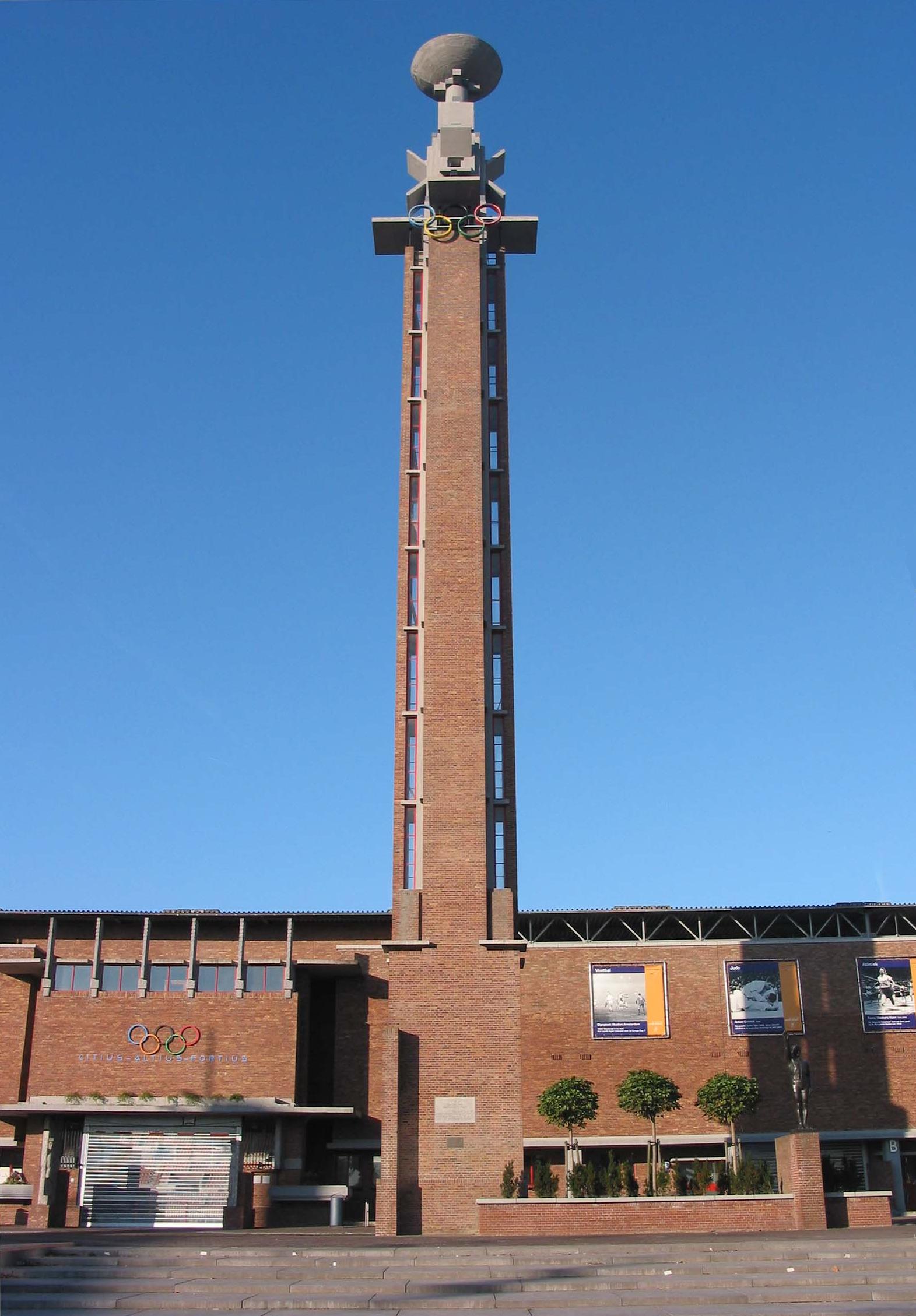|
GWR 7800 Class 7812 Erlestoke Manor
7812 ''Erlestoke Manor'' is a preserved GWR 7800 Class steam locomotive, operated by the Great Western Railway and later British Railways. Owned by the Erlestoke Manor Fund, as at December 2022 it was in operational condition on the Severn Valley Railway. GWR/BR operations Built at Swindon Works in January 1939, it was first allocated to Bristol Bath Road depot. It was reallocated to in August 1950, and Plymouth Laira in March 1959. Transferred to Oswestry in May 1960, its final allocation was to in February 1963. Withdrawn from British Railways service in November 1965, it was sent to Woodham Brothers scrapyard in Barry, South Wales. Preservation The locomotive was purchased by the Erlestoke Manor Fund in June 1973. It was moved from Barry to a temporary home at the Dowty Railway Preservation Society, Ashchurch in May 1974, pending an eventual move to the Dean Forest Railway. However in 1976 Fund members approved a move to the Severn Valley Railway instead, where restora ... [...More Info...] [...Related Items...] OR: [Wikipedia] [Google] [Baidu] |
Bridgnorth Railway Station
Bridgnorth railway station is a station on the Severn Valley Railway heritage line, serving the Shropshire town of Bridgnorth, England. It is currently the northern terminus of the SVR, home to the main engine shed and has a gift shop, station buffet and licensed refreshment room amongst other facilities. History Bridgnorth station was not the northern terminus when built, but the main intermediate station of the Severn Valley line being miles from Hartlebury and miles from Shrewsbury. Bridgnorth station was opened to the public on 1 February 1862, prompting great celebrations in the town. Originally under SVR Company ownership, it was passed to Great Western Railway (GWR), and eventually British Railways in 1948. It closed to passengers after 101 years on 9 September 1963, and to freight traffic on 30 November 1963. The neo-Jacobean station is the only listed station on the Severn Valley Railway and is in process of restoration work by a team of dedicated volunteers. The l ... [...More Info...] [...Related Items...] OR: [Wikipedia] [Google] [Baidu] |
Tyseley Locomotive Works
Tyseley Locomotive Works, formerly the Birmingham Railway Museum, is the engineering arm of steam railtour promoter Vintage Trains based in Birmingham, England. It occupies part of the former Great Western Railway's Tyseley depot, built in 1908 to accommodate expanding operations in the West Midlands, particularly the opening of the North Warwickshire Line as a new main line from Birmingham to Bristol. As well as supporting the trust's operating wing Vintage Trains, it is home to an extensive collection of steam engines, from small industrial builds to Great Western Railway 'Castles' and 'Halls', and large ex-mainline diesel engines. Background Following the purchase of GWR Castle Class No.7029 ''Clun Castle'' in January 1966 by Patrick Whitehouse, the locomotive needed a base close to its central West Midlands supporters' base. Whitehouse found space available at Tyseley, on the site of the former GWR depot, and formed 7029 Clun Castle Ltd to own both the locomotive and the ... [...More Info...] [...Related Items...] OR: [Wikipedia] [Google] [Baidu] |
Railway Locomotives Introduced In 1939
Rail transport (also known as train transport) is a means of transport that transfers passengers and goods on wheeled vehicles running on rails, which are incorporated in tracks. In contrast to road transport, where the vehicles run on a prepared flat surface, rail vehicles (rolling stock) are directionally guided by the tracks on which they run. Tracks usually consist of steel rails, installed on sleepers (ties) set in ballast, on which the rolling stock, usually fitted with metal wheels, moves. Other variations are also possible, such as "slab track", in which the rails are fastened to a concrete foundation resting on a prepared subsurface. Rolling stock in a rail transport system generally encounters lower frictional resistance than rubber-tyred road vehicles, so passenger and freight cars (carriages and wagons) can be coupled into longer trains. The operation is carried out by a railway company, providing transport between train stations or freight customer facilit ... [...More Info...] [...Related Items...] OR: [Wikipedia] [Google] [Baidu] |
Preserved Great Western Railway Steam Locomotives
Preservation may refer to: Heritage and conservation * Preservation (library and archival science), activities aimed at prolonging the life of a record while making as few changes as possible * ''Preservation'' (magazine), published by the National Trust for Historic Preservation * Historic preservation, endeavor to preserve, conserve and protect buildings, objects, landscapes or other artifacts * Conservation and restoration of cultural heritage, protection and care of tangible cultural heritage Mathematics and computer science * Type preservation, property of a type system if evaluation of expressions does not cause their type to change * Case preservation, when computer storage preserves the distinction between upper and lower case * Digital preservation, endeavor to ensure that digital information of continuing value remains accessible and usable Arts and entertainment * ''Preservation'' (2018 novel), historical fiction by Jock Serong about the wreck of the '' Sydney ... [...More Info...] [...Related Items...] OR: [Wikipedia] [Google] [Baidu] |
Shrewsbury
Shrewsbury ( , also ) is a market town, civil parish, and the county town of Shropshire, England, on the River Severn, north-west of London; at the 2021 census, it had a population of 76,782. The town's name can be pronounced as either 'Shrowsbury' or 'Shroosbury', the correct pronunciation being a matter of longstanding debate. The town centre has a largely unspoilt medieval street plan and over 660 listed buildings, including several examples of timber framing from the 15th and 16th centuries. Shrewsbury Castle, a red sandstone fortification, and Shrewsbury Abbey, a former Benedictine monastery, were founded in 1074 and 1083 respectively by the Norman Earl of Shrewsbury, Roger de Montgomery. The town is the birthplace of Charles Darwin and is where he spent 27 years of his life. east of the Welsh border, Shrewsbury serves as the commercial centre for Shropshire and mid-Wales, with a retail output of over £299 million per year and light industry and distribution centre ... [...More Info...] [...Related Items...] OR: [Wikipedia] [Google] [Baidu] |
Oswestry
Oswestry ( ; ) is a market town, civil parish and historic railway town in Shropshire, England, close to the Welsh border. It is at the junction of the A5, A483 and A495 roads. The town was the administrative headquarters of the Borough of Oswestry until that was abolished in 2009. Oswestry is the third-largest town in Shropshire, following Telford and Shrewsbury. At the 2011 Census, the population was 17,105. The town is five miles (8 km) from the Welsh border and has a mixed English and Welsh heritage. Oswestry is the largest settlement within the Oswestry Uplands, a designated natural area and national character area. Toponym The name ''Oswestry'' is first attested in 1191, as ''Oswaldestroe''. This Middle English name transparently derives from the Old English personal name Ōswald and the word ''trēow'' ('tree'). Thus the name seems once to have meant 'tree of a man called Ōswald'.A. D. Mills, ''A Dictionary of English Place Names'' (Oxford: Oxford Universit ... [...More Info...] [...Related Items...] OR: [Wikipedia] [Google] [Baidu] |
Newton Abbot
Newton Abbot is a market town and civil parish on the River Teign in the Teignbridge District of Devon, England. Its 2011 population of 24,029 was estimated to reach 26,655 in 2019. It grew rapidly in the Victorian era as the home of the South Devon Railway locomotive works. This later became a major steam engine shed, retained to service British Railways diesel locomotives until 1981. It now houses the Brunel industrial estate. The town has a race course nearby, the most westerly in England, and a country park, Decoy. It is twinned with Besigheim in Germany and Ay in France. History Early history Traces of Neolithic inhabitants have been found at Berry's Wood Hill Fort near Bradley Manor. This was a contour hill fort that enclosed about . Milber Down camp was built before the 1st century BC and later occupied briefly by the Romans, whose coins have been found there.Beavis (1985), p. 20. Highweek Hill has the remains of a Norman motte-and-bailey castle, known as Castle Dy ... [...More Info...] [...Related Items...] OR: [Wikipedia] [Google] [Baidu] |
West Midland Safari Park
West Midland Safari and Leisure Park is a safari park located in Bewdley in Worcestershire, England. It was opened under the name of West Midland Safari Park in spring 1973. The park holds over 165 species of exotic animals, among other attractions such as a small theme park. The park contains the largest groups of white lions, cheetahs, hippopotami, and meerkats in the UK, as well as the largest lemur walk-through exhibit. It was also the first park in the UK to have the African big five game animals. The park is a member of the British and Irish Association of Zoos and Aquariums (BIAZA) and the European Association of Zoos and Aquaria (EAZA). The Dhole and Cheetah enclosures in the drive-through safari are part of a larger heathland Site of Special Scientific Interest (SSSI) which the park is restoring. History The park was opened by founder and Jimmy Chipperfield on 17 April 1973 and at the time hosted a few ex-circus animals (it had animals like rhinoceroses, elephants, os ... [...More Info...] [...Related Items...] OR: [Wikipedia] [Google] [Baidu] |
Kidderminster Town Railway Station
Kidderminster Town is a railway station situated in the town of Kidderminster, Worcestershire, England. It is operated by the Severn Valley Railway, a heritage line which runs from Kidderminster to Bridgnorth. The station was opened on 30 July 1984, was built in a late Victorian style, and shares its station approach and car park with the adjacent National Rail station. History The first railway station at Kidderminster was opened by the Oxford, Worcester and Wolverhampton Railway (OW&WR) in 1852. It became an important intermediate station on the line which became part of the West Midland Railway in 1860. In turn, the WMR was absorbed intro the Great Western Railway (GWR) between 1863 and 1870. The opening of the Severn Valley Railway in 1862 had no direct effect on Kidderminster because passengers wishing to use the line changed at Hartlebury. The situation changed in 1878, when a "loop-line" was opened between Bewdley and Kidderminster, linking Kidderminster with the ... [...More Info...] [...Related Items...] OR: [Wikipedia] [Google] [Baidu] |
Bewdley Railway Station
Bewdley railway station serves the town of Bewdley in Worcestershire, England. Until 2014, it was the administrative headquarters of the Severn Valley Railway, after which they were moved to Comberton Hill, Kidderminster. Bewdley is the principal intermediate station on the line. History Bewdley station originally opened in 1862 as one of the main intermediate stations on the line between Hartlebury and Shrewsbury. It was operated by the West Midland Railway, before that company was absorbed into the Great Western Railway (GWR). In 1864, the Tenbury & Bewdley Railway opened, with its route through the Wyre Forest branching off the SVR north of Bewdley station, before crossing the River Severn over the now partially-dismantled Dowles Bridge. Thus Bewdley became a junction station. In 1878, GWR opened a "loop-line" to Kidderminster, which meant that Bewdley had a direct link with the town and became a double junction. As a legacy of its former junction status, Bewdley station ... [...More Info...] [...Related Items...] OR: [Wikipedia] [Google] [Baidu] |
Olympic Torch
The Olympic flame is a symbol used in the Olympic movement. It is also a symbol of continuity between ancient and modern games. Several months before the Olympic Games, the Olympic flame is lit at Olympia, Greece. This ceremony starts the Olympic torch relay, which formally ends with the lighting of the Olympic cauldron during the opening ceremony of the Olympic Games. The flame then continues to burn in the cauldron for the duration of the Games, until it is extinguished during the Olympic closing ceremony. Origins The Olympic flame as a symbol of the modern Olympic movement was introduced by architect Jan Wils who designed the stadium for the 1928 Summer Olympics in Amsterdam. The idea for the Olympic flame was derived from ancient Greek ceremonies where a sacred fire was kept burning throughout the celebration of the ancient Olympics on the altar of the sanctuary of Hestia. In Ancient Greek mythology, fire had divine connotations and it was thought to have been stolen fro ... [...More Info...] [...Related Items...] OR: [Wikipedia] [Google] [Baidu] |
2012 Summer Olympics
The 2012 Summer Olympics (officially the Games of the XXX Olympiad and also known as London 2012) was an international multi-sport event held from 27 July to 12 August 2012 in London, England, United Kingdom. The first event, the group stage in women's football, began on 25 July at the Millennium Stadium in Cardiff, followed by the opening ceremony on 27 July. 10,768 athletes from 204 National Olympic Committees (NOCs) participated in the 2012 Olympics. Following a bid headed by former Olympic champion Sebastian Coe and the then- London mayor Ken Livingstone, London was selected as the host city at the 117th IOC Session in Singapore on 6 July 2005, defeating bids from Moscow, New York City, Madrid, and Paris. London became the first city to host the modern Olympics three times, having previously hosted the Summer Games in 1908 and 1948. Construction for the Games involved considerable redevelopment, with an emphasis on sustainability. The mai ... [...More Info...] [...Related Items...] OR: [Wikipedia] [Google] [Baidu] |







Sep2004.jpg)

